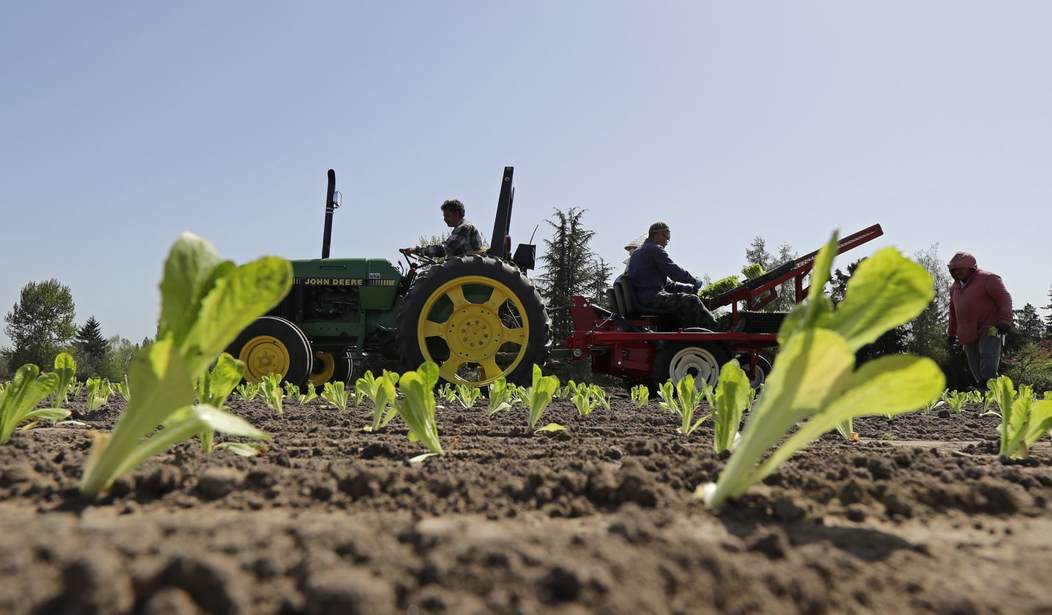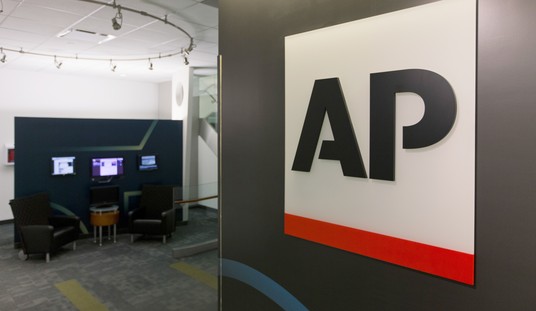WASHINGTON — The E. coli outbreak that claimed five lives last spring and resulted in stores and restaurants temporarily removing romaine from the menu was traced back to a small stretch of irrigation canal in the Yuma, Ariz., region.
But, the Food and Drug Administration said today in its environmental assessment of the crisis that it remains a mystery to investigators how the irrigation canal was contaminated with the deadly bacteria or how that water contaminated the lettuce.
The Centers for Disease Control and Prevention declared the outbreak over by June 28; the last harvest from the Yuma region was April 16. By that time, two deaths from eating the lettuce had been reported in Minnesota, and there was one death each in Arkansas, California, and New York. Out of the 210 known infections reported in 36 states, 96 people were hospitalized and 27 developed a type of kidney failure. Illnesses connected to the same outbreak were also reported in several Canadian provinces.
Symptoms of E. coli infection vary, but often include severe diarrhea and stomach cramps along with vomiting.
The CDC detected E. coli at the time in canal water, and the FDA picked up the investigation to determine how the water and the lettuce were contaminated.
Investigators found the outbreak “in three samples of water collected along a 3.5 mile stretch of an irrigation canal in the Wellton area of Yuma County,” the report said, but “no other environmental samples collected in the region yielded the outbreak strain.”
“It is unknown whether contamination with the outbreak strain in this irrigation canal extended beyond the 3.5-mile stretch,” the report added. “FDA considers that the most likely way romaine lettuce became contaminated was from the use of water from this irrigation canal, since the outbreak strain of E. coli O157:H7 was found in the irrigation canal and in no other sampled locations. How this process occurred is uncertain, but based on interviews with growers and pesticide applicators, plausible explanations include direct application of irrigation canal water to the lettuce crop or the use of irrigation canal water to dilute crop protection chemicals applied to the lettuce crops through both aerial and land-based spray applications.”
Still, the FDA “cannot rule out that there are other sources or means of romaine lettuce contamination that were not identified” during the investigation.
The report says investigators are “uncertain” as to how the E. coli “was introduced into this 3.5-mile stretch of irrigation canal water.” Though a concentrated animal feeding operation is located next to the canal, investigators “did not identify an obvious route for contamination of the irrigation canal from this facility” and samples collected at the facility did not match the outbreak strain.
“Other possible explanations for how the irrigation canal became contaminated are possible, but the [environmental assessment] team found no evidence in support of alternative explanations,” the report added.
“Growers suggested weather events in the Yuma growing region may have contributed to crop contamination. The EA team considered the possibility that leaf freeze damage and dew on romaine leaves created conditions favorable for windborne contamination of the crop with dust carrying the outbreak strain of E. coli O157:H7. While this type of STEC contamination has been demonstrated (Berry et. al, 2015), it does not explain the presence of the outbreak strain in a free-flowing irrigation canal months later when there was little wind in the region.”
FDA Commissioner Scott Gottlieb noted in a statement that “we have no evidence that any other product grown in Yuma was contaminated by this water.”
“With the growing season underway in Yuma, we know just how important it is to continue collaborating closely with industry and our regulatory partners to ensure that leafy greens are safe. To assist with these efforts, our environmental assessment recommends a number of steps that can be taken to reduce the likelihood of another tragic outbreak from occurring in the future,” he said. “Working with the produce industry to further reduce the risk of outbreaks is a key priority for the FDA.”
Gottlieb said the supply chain investigation was complicated by shipments with lettuce from multiple ranches and “complicating this already large-scale investigation, the majority of the records collected in this investigation were either paper or handwritten.”
“We strongly encourage the leafy greens industry to adopt traceability best practices and state-of-the-art technologies to help assure quick and easy access to key data elements from farm to fork,” he said.
The California Leafy Greens Marketing Agreement said it has distributed new food safety practices to growers. “The changes include additional water treatment for overhead irrigation water applied to leafy greens along with additional risk management actions that must be taken when leafy greens are farmed in proximity to a concentrated animal operation,” the association said.









Join the conversation as a VIP Member